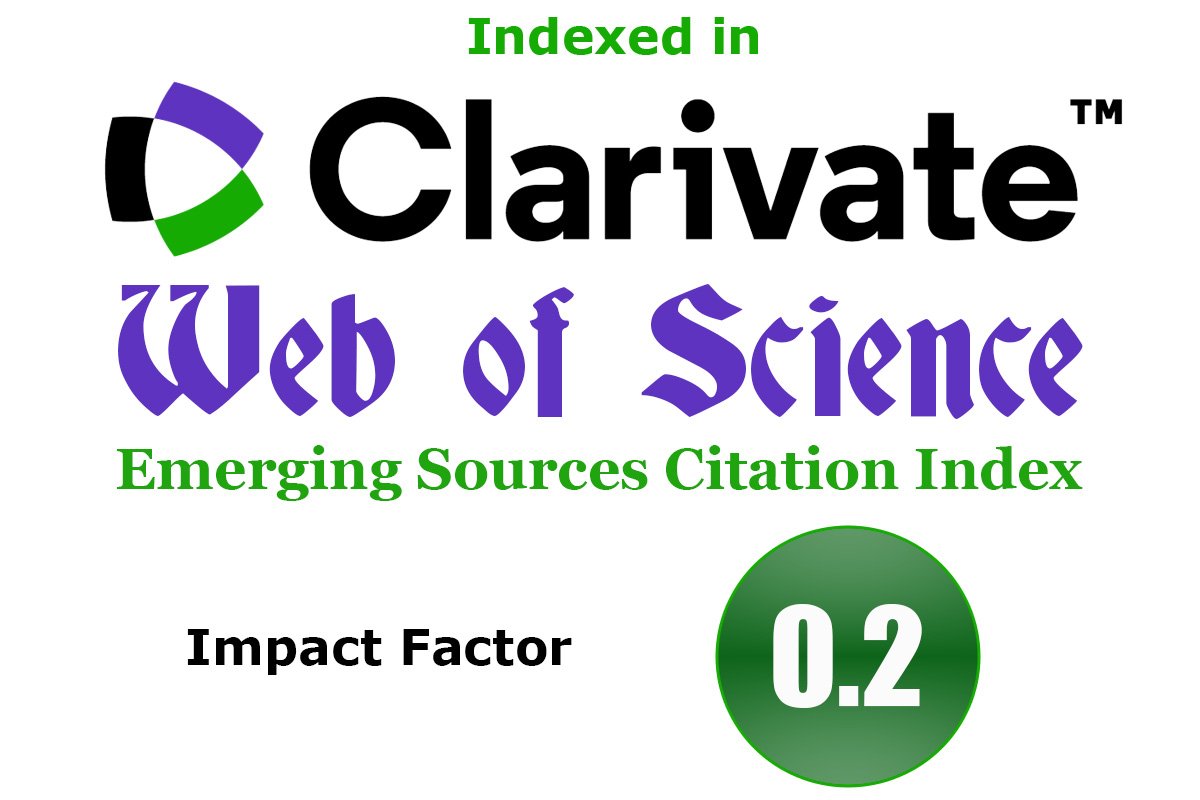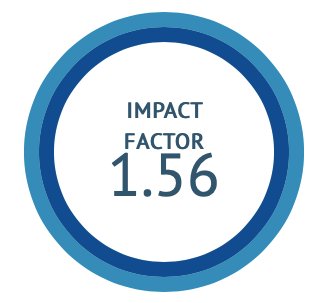Health and Demographic Profile of Scheduled Tribes in Selected Areas of Thiruvallur and Thiruvannamalai Districts, Tamil Nadu: A Cross-Sectional Study
DOI:
https://doi.org/10.47552/ijam.v16i1.5698Keywords:
Scheduled Tribe population, Non-Communicable Diseases, Socio-demographic determinants, Risk factors, Health-related demographics, Addiction issuesAbstract
The Scheduled Tribe (ST) population of Tamil Nadu, accounting for approximately 7.95 lakh individuals (1.1% of the state's population), faces significant barriers in accessing quality and affordable healthcare. Limited research exists on their socio-economic and health conditions, underscoring the need for comprehensive data to address their specific needs. This study aimed to assess the prevalence of Non-Communicable Diseases (NCDs) and evaluate the overall health and demographic profile of the ST population in eight ST-dominant Panchayat areas of Thiruvallur and Thiruvannamalai districts. The key focus was to explore socio-demographic determinants and risk factors associated with NCDs in these communities. A cross-sectional study was conducted between August 2020 and March 2021 in selected ST-dominant regions. Data were collected through door-to-door surveys and face-to-face interviews using a structured survey format, following informed consent procedures. Information on NCD prevalence, risk factors, and socio-demographic profiles was documented. The study included 7,074 participants from 1,729 households, comprising 50.7% males and 49.3% females. Among adults, 50.27% were illiterate, and 99.86% reported a non-vegetarian diet. Identified risk factors included smoking (13.22%), alcohol consumption (10.70%), and tobacco use (2.43%). The prevalence of NCDs was 8.98%, with conditions such as diabetes, osteoarthritis, stroke, and asthma being common. This study highlights the impact of inadequate infrastructure, unbalanced diets, lack of access to clean drinking water, poor ventilation, ineffective drainage systems, and addiction on the health of the ST population. The findings provide valuable insights to inform targeted interventions and policy measures aimed at improving living conditions and health outcomes in these communities.
Downloads
Published
How to Cite
Issue
Section
License
Copyright (c) 2025 International Journal of Ayurvedic Medicine

This work is licensed under a Creative Commons Attribution-NonCommercial-ShareAlike 4.0 International License.
The author hereby transfers, assigns, or conveys all copyright ownership to the International Journal of Ayurvedic Medicine (IJAM). By this transfer, the article becomes the property of the IJAM and may not be published elsewhere without written permission from the IJAM.
This transfer of copyright also implies transfer of rights for printed, electronic, microfilm, and facsimile publication. No royalty or other monetary compensation will be received for transferring the copyright of the article to the IJAM.
The IJAM, in turn, grants each author the right to republish the article in any book for which he or she is the author or editor, without paying royalties to the IJAM, subject to the express conditions that (a) the author notify IJAM in advance in writing of this republication and (b) a credit line attributes the original publication to IJAM.




